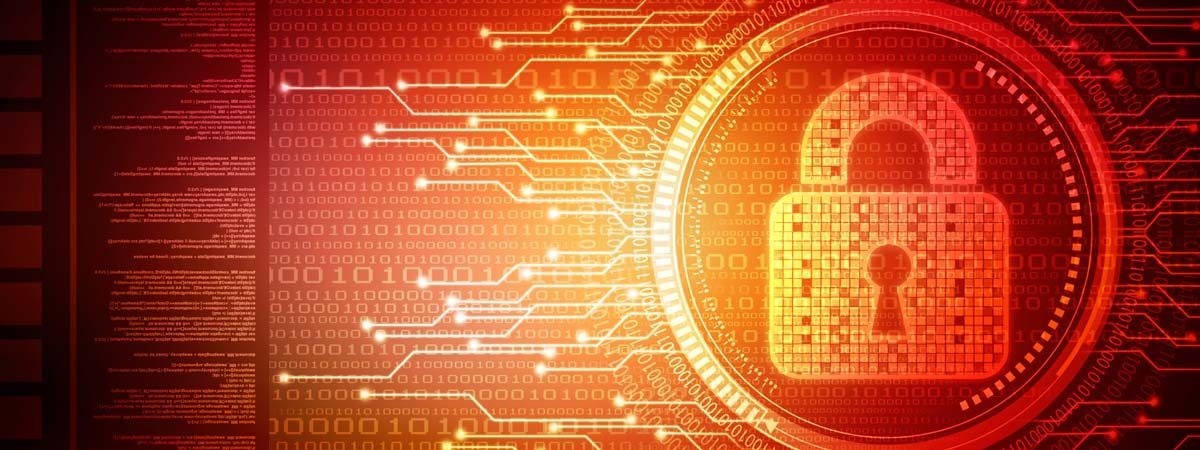AS IF BUSINESSES didn’t have enough to worry about, online scammers have started sending out malicious e-mails to organizations about coronavirus that appear to be from business partners or public institutions. The criminals send these to rank and file employees in the hope that at least one of them will click on a link or attachment in the e-mail, which unleashes malware or tries to trick them into wiring money for supplies purportedly to protect the organization’s workers.
The number of malicious e-mails mentioning the coronavirus has increased significantly since the end of January, according to cybersecurity firm Proofpoint Inc. The company noted that this wasn’t the first time they had seen such widespread cyber attacks associated with some type of disaster. But because this is global in nature, it decided to track the new threat. This practice of launching cyber attacks that are centered around global news and outbreaks (like the current COVID-19 coronavirus) isn’t anything new. Cybercriminals have long employed these tactics to take advantage of users’ desires to keep as up to date with any new information as possible or to evoke powerful emotions (like fear) in the hope that their sentiments will get the better of them and they will not pause to check for the legitimacy of these e-mails.
The cybercriminals are using the public’s ignorance about coronavirus, as well as the conflicting claims of how to protect against it, to lure people into clicking on their malicious links or get them to wire money. Because people are afraid, their guards may be down and they may not be as careful about identifying the e-mail as dangerous.
Some real-life examples
• Japanese workers were targeted in January and February with e-mails that looked like they came from local hospitals. The messages even included legitimate contact information for key personnel. The e-mails were focused on employees of various companies and came in a message that would look like it’s a reply to something or a warning that people are getting from the government. But when they clicked, it was malware. E-mails were sent to companies in the transportation sector that looked like they came from an employee of the World Health Organization.
They included the WHO logo and instructions about how to monitor crews aboard ships for coronavirus symptoms, and they included an attachment with instructions. This phishing e-mail attack was
intended to lure individuals into providing sensitive data, such as personally identifiable information and passwords.
• Companies in the US and Australia have been receiving malicious e-mails that use a display name of “Dr. Li Wei” and are titled “CORONA-VIRUS AFFECTED COMPANY STAFF.”
What you can do
All that it takes to break into your business is a cleverly worded e-mail message. If scammers can trick one person in your company into clicking on a malicious link, they can gain access
to your data. It’s important to train your staff to identify suspicious e-mails. They should avoid clicking links in e-mails that:
• Are not addressed to them by name, have poor English, or omit personal details that a legitimate sender would include.
• Are from businesses they are not expecting to hear from.
• Ask you to download any files.
• Take you to a landing page or website that does not have the legitimate URL of the company the e-mail is purporting to be sent from.
• Include attachments purportedly with advice for what to do. Do not open them even if they come from relatives or friends.






